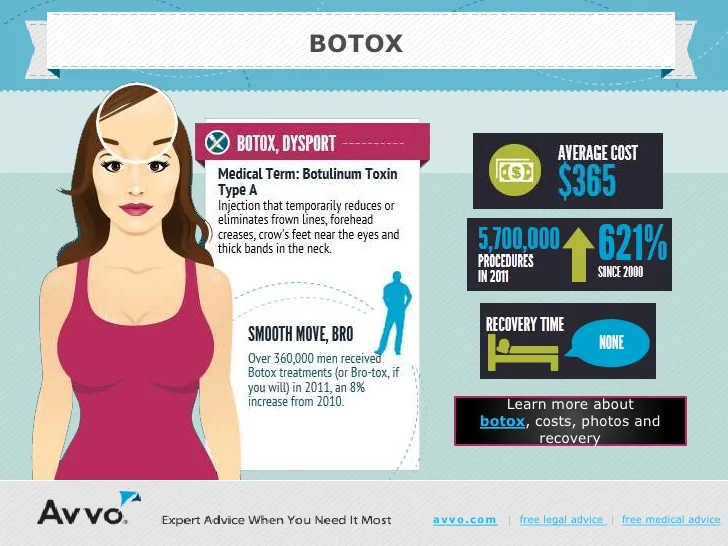Severe Acne And Mental Health
Severe Acne And Mental Health
Blog Article
Causes of Acne on Cheeks
Acne outbreaks in the cheek area are activated by many points, from touching your face frequently to not transforming your pillowcase usually enough. Picking at imperfections boosts your threat of infection and scarring, and specific drugs can intensify dark places (postinflammatory hyperpigmentation).
Luckily, there are several methods to stop and deal with cheek acne. These include:
1. Hormone Modifications
Acne is mainly brought on by hormonal agents, especially those produced during the age of puberty and pregnancy. For some, a family history of acne may likewise add to their condition. Anything that clogs pores, such as oil-based skin treatment items or ceraceous hair products, can cause acne. Various topical therapies, like benzoyl peroxide and salicylic acid, can fight germs and unblock pores. Those with extreme or chronic acne needs to look for therapy from their doctor.
Prevent touching or pressing your acne, as this can press some of the microorganisms deeper into the skin, causing an extra severe outbreak. It is likewise vital to change pillowcases routinely and make use of clean makeup brushes. You must likewise try to prevent toxic irritants such as rubbing from putting on a helmet or limited collar.
2. Diet regimen
The greasy, sweet foods that many individuals believe trigger acne might really not do so. In fact, research studies have shown that consuming a diet abundant in whole, nutrient-dense foods aids to prevent breakouts.
Foods high in the glycemic index (such as white bread, corn flakes, blew rice and potatoes, doughnuts and various other breads) elevate blood sugar levels rapidly, and this can boost hormonal agents that improve oil production and result in acne.
Drinking cow's milk has likewise been connected to enhanced acne outbreaks. If you are a normal cow's milk enthusiast, you could intend to try changing to low-fat or nondairy alternatives that are fortified with calcium. Furthermore, consuming more water can aid to reduce acne due to the fact that it helps to keep the skin hydrated.
3. Excess Oil
While oil is vital for healthy and balanced skin, it can become a problem when too much sebum mixes with dead skin cells and obstructs pores. This mix can produce blackheads, whiteheads and acnes. The blocked pore wall surface can break down and spill microorganisms, dead skin cells and sebum right into surrounding skin. This results in a red bump known as a pimple. Often these red bumps have pus in the center from a microbial infection. Bigger contaminated bumps that appear like acne are called cysts.
There are numerous points that can trigger excess sebum and clogged pores, including hormonal agent changes, diet regimen and everyday routines. Some examples consist of touching the face regularly, resting your hand on your cheek, utilizing unclean makeup brushes and not altering pillowcases consistently.
4. Anxiety
If you're handling pain acnes or a slew of blackheads and whiteheads, it may be time to talk to a dermatologist. They can recommend a reliable treatment that suits your skin kind. Exercising relaxation and stress-reduction techniques additionally aids.
Acne can happen in the cheeks as a result of friction and stress, such as when an individual touches their face frequently or uses a hat or sporting activities helmet that rubs versus the skin. It can additionally appear where oily cosmetics and lotions scrub versus the skin.
Avoid pressing acne, as this can push infected product deeper into the skin and bring about scarring. Instead, see a physician to find out about preventative therapies like medication, skin care items and lifestyle modifications. Eating a healthy and balanced diet of entire foods, getting therealgenesisx seven to 9 hours of sleep and utilizing noncomedogenic makeup and skincare products can all help in reducing acne breakouts.
5. Hair Products
Hair items are not usually thought of as a root cause of breakouts, yet they can contribute to acne on the cheeks in some individuals. Pomade acne, which is characterized by tiny closed comedones and papulopustules, is typically brought on by the use of oily hair items that contain comedogenic components such as certain oils and acetylated lanolin.
Choosing hair items that don't consist of these potentially comedogenic components is an important action towards reducing outbreaks. Also, making certain that hair products aren't can be found in contact with the skin can help stop outbreaks. As an example, wearing a scarf or bonnet at night can limit hair-to-face contact and decrease the possibility that leave-in hair items will rub off onto the face.
Along with making use of a non-comedogenic moisturizer and cleaning with an acne face wash, other handy techniques consist of: